Home>Garden Essentials>Where To Store Seeds
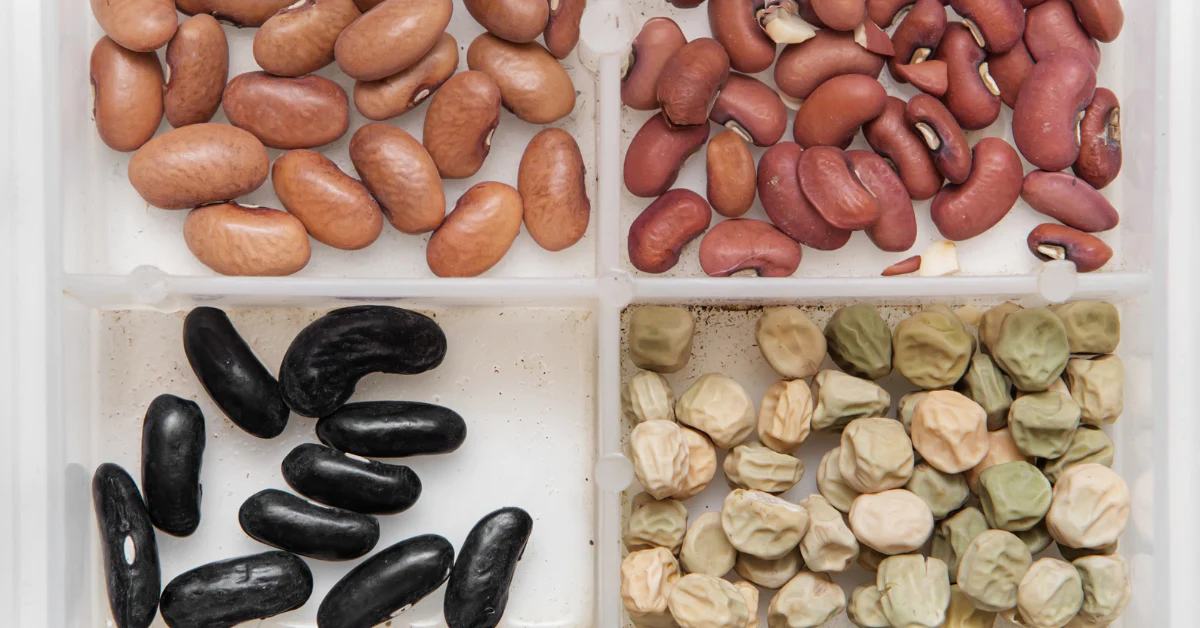

Garden Essentials
Where To Store Seeds
Modified: March 26, 2024
Looking for the best storage options for garden seeds? Discover expert tips and advice on where to store seeds for long-lasting freshness and viability.
(Many of the links in this article redirect to a specific reviewed product. Your purchase of these products through affiliate links helps to generate commission for Storables.com, at no extra cost. Learn more)
Introduction
Welcome to the wonderful world of gardening! As a gardening enthusiast, you know that seeds are the starting point for every plant and play a vital role in your gardening success. But have you ever wondered about the importance of proper seed storage? Storing your seeds correctly can significantly impact their viability and longevity.
Whether you are a seasoned gardener or just starting out, understanding how to store your seeds properly is key to ensuring a bountiful and successful gardening experience. In this article, we will explore the factors to consider for seed storage, the best locations for seed storage, various storage containers and methods, as well as some valuable tips to help you achieve optimal seed storage.
So, let’s dive in and discover the secrets to storing seeds that will give you the highest chance of successful germination and healthy plant growth!
Key Takeaways:
- Proper seed storage is crucial for preserving genetic diversity, saving money, and becoming more self-sufficient in gardening. It involves factors like temperature, humidity, and airflow, and various storage options like refrigerators and seed banks.
- To store seeds properly, keep them in cool, dark, and dry places, use airtight containers, and label them clearly. Consider indoor options like refrigerators and outdoor methods like winter ground storage. Regularly monitor and test seed viability for successful gardening.
Read more: Where To Store Bird Seed
Importance of Seed Storage
Proper seed storage is crucial for maintaining the viability and quality of your seeds. By storing your seeds correctly, you can ensure that they remain dormant and in optimal condition until you are ready to plant them. Here are a few reasons why seed storage is important:
Preserving Genetic Diversity: Seeds are not just tiny plant embryos; they are carriers of genetic information. Preserving the genetic diversity of plants is crucial for maintaining healthy ecosystems and adapting to changes in climate and pest pressures. By storing seeds properly, you can contribute to the conservation of plant diversity.
Cost-effectiveness: Saving seeds from your own plants or purchasing them in bulk can be a cost-effective way to grow your garden. However, improperly stored seeds may lose their viability, leading to disappointing results and wasted money. By storing your seeds correctly, you can maximize their germination rate and save money in the long run.
Seasonal Availability: Many plants produce seeds during specific seasons, but you may not be ready to plant them right away. Proper seed storage allows you to store seeds during their peak availability and plant them when the time is right. This ensures that you have a steady supply of seeds throughout the year.
Reliable Seed Source: Storing your own seed allows you to maintain a reliable source of seeds that are well-adapted to your specific growing conditions. This can be especially valuable if you have unique or heirloom varieties that may be difficult to find elsewhere.
Supporting Self-Sufficiency: By storing your own seeds, you can become more self-sufficient and less reliant on purchasing seeds from external sources. This not only gives you more control over the quality of your seeds but also promotes sustainability in your gardening practices.
Now that you understand the importance of seed storage, let’s delve into the factors you need to consider when storing your seeds.
Factors to Consider for Seed Storage
When it comes to seed storage, there are several factors to consider in order to ensure the longevity and viability of your seeds. Let’s explore these factors in detail:
Temperature: Most seeds have specific temperature requirements for optimal storage. Generally, cool temperature is preferred, as it slows down the seed’s metabolic activity and helps maintain viability. However, extreme cold can damage the seeds, so it’s important to find a balance. A temperature range between 32°F (0°C) and 50°F (10°C) is ideal for most seeds.
Humidity: Moisture is the enemy of seed storage. Excess humidity can cause seeds to mold or germinate prematurely, rendering them unusable. It’s crucial to store seeds in a dry environment with humidity levels below 50%. Desiccant packets or silica gel can be added to seed storage containers to help absorb excess moisture.
Airflow: Seeds require proper airflow to prevent the buildup of moisture and reduce the chances of mold growth. Avoid sealing seeds in airtight containers, as this can create a stagnant environment. Instead, opt for containers with breathable lids or store seeds in paper envelopes that allow airflow.
Light: Most seeds are light-sensitive and require darkness for optimal storage. Exposure to light can trigger germination and lead to seed deterioration. Store your seeds in opaque containers and keep them in a dark area, such as a cupboard or drawer.
Seed Maturity: Harvesting seeds at the right stage of maturity is vital for their longevity. Seeds should be fully developed and ripe, as immature seeds may not store well. Avoid collecting seeds with signs of damage, disease, or insect infestation, as they can affect storage viability.
Seed Cleaning: Before storing your seeds, it is important to clean off any debris, chaff, or plant material. This prevents the growth of mold or pests during storage. Gentle rubbing or winnowing can help remove unwanted particles from the seeds.
Labeling: Properly labeling your stored seeds is essential for easy identification. Include the name of the plant, the date of collection, and any other pertinent information, such as the variety or location where the seeds were sourced. This ensures you can keep track of seed viability and prevent mix-ups.
By considering these factors and implementing appropriate storage methods, you can increase the chances of your seeds remaining viable and ready for successful germination. Now, let’s explore the best locations for seed storage.
Best Locations for Seed Storage
Choosing the right location for seed storage is crucial to maintain the viability and quality of your seeds. Here are some of the best locations to consider:
Cool, Dark, and Dry Areas: Look for a cool, dark, and dry area in your home for storing seeds. Basements, cellars, or closets that are away from direct sunlight and maintain a consistent temperature are ideal. These areas tend to have lower humidity levels, which helps prevent mold and premature germination.
Refrigerator: If you have a large seed collection or want to extend the lifespan of your seeds, storing them in the refrigerator can be a good option. Use airtight containers or zip-lock bags to protect the seeds from moisture. Place the seeds in the vegetable crisper drawer or a designated seed storage box.
Freezer: Freezing seeds can significantly extend their lifespan, especially for long-term storage. However, not all seeds tolerate freezing temperatures, so it’s important to research the specific requirements for each type of seed. Use airtight containers or moisture-proof bags and place them in the freezer. Allow the seeds to come to room temperature before opening the container to prevent condensation.
Seed Vaults: Seed vaults are specialized containers designed to provide optimal conditions for long-term seed storage. These containers are often made of sturdy, moisture-resistant materials and are equipped with features like airtight seals, humidity control, and temperature monitoring. Seed vaults provide an extra layer of protection against moisture, pests, and light.
Outdoor Storage: If you live in a region with a cold climate, you can consider storing seeds in outdoor environments during the winter months. Seeds can be stored in airtight containers and buried in a protected, well-insulated location in your garden. This method takes advantage of natural temperature fluctuations and can be an economical option for storing a large number of seeds.
Community Seed Banks: Another option for seed storage is to contribute your seeds to a community seed bank. These seed banks are specialized organizations that collect and store seeds from various gardeners and farmers. They ensure proper storage conditions and provide access to a diverse range of seeds for future generations. Look for community seed banks in your area or consider starting one yourself.
Remember to regularly check on your stored seeds and monitor their viability. Over time, some seeds may lose their ability to germinate, so it’s important to periodically test their viability or replace them with fresh seeds if needed.
Now that you know where to store your seeds, let’s explore the various containers and options available for seed storage.
Storage Containers for Seeds
Choosing the right storage containers for seeds is crucial to protect them from moisture, pests, and light. Here are some popular options for seed storage containers:
Envelopes or Paper Bags: Simple and affordable, envelopes or paper bags are a common choice for storing seeds. Use acid-free envelopes or small paper bags to prevent chemical reactions that can damage the seeds. Label the envelopes with the seed name and other relevant information. Avoid using plastic bags or containers as they can trap moisture.
Glass Jars: Glass jars are an excellent choice for seed storage due to their transparency, durability, and ability to create an airtight seal. Choose jars with tight-fitting lids to keep out moisture, pests, and light. Clear glass jars allow you to easily see the contents, but make sure to store them in a dark location to prevent light exposure.
Plastic Containers: If using plastic containers, opt for food-grade containers with tight-sealing lids. Look for containers that are BPA-free and have airtight seals to prevent moisture and pests from entering. Transparent containers have the advantage of visibility, allowing you to quickly identify the seeds inside. Be sure to store them in a dark place to avoid light exposure.
Seed Envelopes: Seed envelopes are specifically designed for seed storage and organization. They are usually made of durable, acid-free paper with self-sealing flaps. These envelopes often have space to record information about the seeds, such as the date of collection, variety, and location. Seed envelopes are available in various sizes, making them versatile for different types of seeds.
Vacuum-Sealed Bags: Vacuum-sealed bags provide an airtight and moisture-proof environment for seed storage. Removing excess air from the bags helps to prevent mold and maintain seed viability. These bags are available in different sizes and are a good option for long-term storage. It’s important to label the bags with the seed information before sealing them.
Seed Storage Boxes or Cases: Seed storage boxes or cases offer a convenient and organized way to store seeds. These containers are often made of durable materials like wood or metal, with dividers or compartments to separate different seed varieties. Some storage boxes come with airtight lids or have the option to add moisture-absorbing packets to maintain seed quality.
Regardless of the storage container you choose, make sure it is clean, dry, and free from any residue that could affect the seed quality. Label each container clearly with the seed name, variety, and date of collection to easily identify the contents.
Now that you have an idea of the different storage container options, let’s explore some indoor and outdoor storage options for seeds.
Store seeds in a cool, dry place to keep them viable for longer. Airtight containers or glass jars in the refrigerator are good options. Label the containers with the seed type and date for easy organization.
Read more: Where Are Chia Seeds In A Grocery Store
Indoor Seed Storage Options
Indoor seed storage provides a controlled environment that protects seeds from temperature fluctuations, pests, and excessive moisture. Here are some popular indoor seed storage options:
Refrigerator Storage: As mentioned earlier, the refrigerator is an excellent option for storing seeds. Place seeds in airtight containers or zip-lock bags and store them in the vegetable crisper drawer or a designated seed storage box. This method helps maintain a cool and consistent temperature, extending the longevity of your seeds.
Seed Storage Vaults: Seed storage vaults are specially designed containers that provide optimal conditions for long-term seed storage. These vaults are often made of moisture-resistant materials and come equipped with airtight seals, humidity control, and temperature monitoring devices. Seed storage vaults offer excellent protection against humidity, pests, and light exposure.
Seed Storage Cabinets or Drawers: If you have a dedicated gardening area or space, consider investing in a seed storage cabinet or drawer. These cabinets often have multiple compartments or drawers with adjustable dividers, allowing you to organize and store a variety of seed packets. Choose cabinets made of moisture-resistant materials and place them in a cool and dry location.
Pantry or Cupboard: A simple and accessible option for seed storage is your kitchen pantry or cupboard. Choose a cool and dark area away from heat sources. Seal seeds in airtight containers or use glass jars to prevent moisture and pest infiltration. Be sure to label the containers clearly for easy identification.
Shoebox or Plastic Storage Bins: Shoeboxes or plastic storage bins can be repurposed for seed storage. Line them with acid-free paper or plastic bags to create a moisture-resistant barrier. Place seed packets or envelopes in the containers, ensuring proper labeling for easy identification. Store the boxes in a cool and dry area.
File Cabinets: If you have an old file cabinet lying around, consider using it for seed storage. File cabinets offer ample space and the ability to organize seed packets using hanging file folders or labeled dividers. Make sure to seal the drawers tightly to prevent moisture and pest entry.
When storing seeds indoors, it’s essential to monitor the temperature and humidity levels regularly. Check for any signs of mold or pests and remove any affected packets immediately. Keeping a seed inventory and recording the date of collection and seed viability can help you stay organized and ensure you use the oldest seeds first.
Now that we’ve explored indoor seed storage options, let’s take a look at outdoor seed storage methods.
Outdoor Seed Storage Options
Outdoor seed storage can be a practical and cost-effective option, especially if you live in a region with a cold climate. Here are some popular outdoor seed storage options:
Winter Storage in the Ground: One of the simplest and oldest methods of outdoor seed storage is to bury them in the ground during the winter months. Choose a well-drained and insulated area in your garden, away from potential animal disturbances. Dig a hole or trench, place your seeds in an airtight container or zip-lock bag, and bury them. Mark the location for easy retrieval in the spring.
Shed or Garage: If you have a shed or a garage, you can store seeds in a designated area. Make sure the area remains cool, dark, and dry, as temperature fluctuations and excess moisture can damage the seeds. Use sealed containers or plastic bins to keep the seeds protected. Insulate the storage area to prevent extreme temperature variations.
Cold Frames: Cold frames are mini-greenhouses that provide protection and insulation during the colder months. They can be custom-built or purchased. Place your seed packets or containers inside the cold frame, ensuring they are protected from direct sunlight and excessive moisture. This method takes advantage of natural temperature fluctuations and provides a controlled environment for seed storage.
Potting Shed: If you have a potting shed or a greenhouse, these structures can provide suitable conditions for outdoor seed storage. Arrange your seeds in labeled containers or on shelves, away from direct sunlight. Monitor the temperature and humidity levels to ensure they remain within optimal ranges.
Community Seed Bank: Consider contributing your seeds to a community seed bank if one exists in your area. Community seed banks store and distribute seeds from local gardeners, ensuring their preservation and accessibility for future generations. Reach out to local gardening or agricultural organizations for information on nearby seed banks.
When using outdoor seed storage methods, it’s important to protect seeds from excessive moisture, pests, and fluctuations in temperature. Regularly check on the stored seeds and make sure they remain in good condition. Remember to label the containers or mark the storage locations for easy identification.
Now that we’ve explored outdoor seed storage options, let’s move on to some valuable tips for proper seed storage.
Tips for Proper Seed Storage
Proper seed storage is essential for maintaining seed viability and ensuring successful germination. Follow these tips to effectively store your seeds:
1. Store Seeds in Cool and Dark Places: Most seeds prefer cool temperatures to maintain their viability. Find a cool and dark location, such as a basement or refrigerator, to store your seeds. Avoid areas that experience extreme temperature fluctuations or high levels of humidity.
2. Use Airtight Containers: To protect seeds from moisture and pests, use airtight containers like glass jars, plastic containers, or seed storage vaults. Make sure the containers are clean and dry before use.
3. Label Containers: Clearly label each storage container with the seed name, variety, and date of collection. This will help you easily identify the seeds and keep track of their freshness and viability.
4. Monitor Temperature and Humidity: Regularly monitor the temperature and humidity levels in your storage area. Aim for a cool, dry environment with humidity levels below 50%. Use desiccant packets or silica gel to absorb excess moisture if needed.
5. Avoid Exposure to Light: Most seeds are light-sensitive and can lose viability when exposed to light. Keep your seeds in opaque containers or store them in a dark location to prevent light exposure.
6. Keep Seeds Dry: Moisture is a seed’s worst enemy and can lead to mold or premature germination. Ensure seeds are completely dry before storing them and avoid storing seeds with high moisture content.
7. Store Different Varieties Separately: If you are storing multiple seed varieties, keep them separated to prevent cross-contamination. Store each variety in its own labeled container or envelope to maintain integrity.
8. Test Seed Viability: Periodically test the viability of your stored seeds by conducting germination tests. This will help you determine if the seeds are still viable and can successfully germinate before planting.
9. Rotate Seeds: To ensure you always have fresh and viable seeds, practice seed rotation. Use older seeds first before moving on to newer ones. This will prevent the accumulation of old, less viable seeds in your storage containers.
10. Check for Pest Infestations: Regularly inspect your stored seeds for signs of pest infestation. Discard any containers or packets with pest damage to prevent the spread of pests throughout your seed collection.
By following these tips, you can maximize the longevity and viability of your seeds, ensuring a successful and productive gardening experience. Now, let’s explore some popular seed storage methods you can consider.
Popular Seed Storage Methods
There are various seed storage methods that gardeners use to preserve the viability and quality of their seeds. Here are some popular seed storage methods to consider:
1. Dry Storage: Dry storage is one of the simplest and most common seed storage methods. After ensuring the seeds are completely dry, place them in airtight containers, such as glass jars or plastic bags, and store them in a cool, dark, and dry location. This method is suitable for short to medium-term storage.
2. Refrigerator Storage: Refrigerator storage is an effective method for extending the lifespan of seeds. Place seeds in airtight containers or zip-lock bags and store them in the vegetable crisper drawer or a designated seed storage box in the refrigerator. This method helps maintain a consistent cool temperature and is ideal for long-term storage.
3. Freezer Storage: Freezing seeds can significantly prolong their viability. However, not all seeds tolerate freezing temperatures, so it’s important to research the specific requirements for each type of seed. Use airtight containers or moisture-proof bags and place them in the freezer. Allow the seeds to come to room temperature before opening the container to prevent condensation.
4. Seed Drying and Vacuum Sealing: Drying seeds to a low moisture content and vacuum sealing them in moisture-proof bags or containers is an effective long-term storage method. The low moisture content prevents degradation, while the vacuum-sealed bag protects against moisture and pests.
5. Desiccant Storage: Using desiccant packets or silica gel in seed storage containers can help absorb moisture and maintain low humidity levels. Place a few packets or gel sachets in the container with the seeds to help preserve their quality and viability.
6. Seed Banks and Exchanges: Seed banks and exchanges provide a valuable resource for long-term seed storage and conservation. These organizations collect and store a wide variety of seeds from different contributors, ensuring their availability for future generations. Consider contributing your seeds to a seed bank or participate in seed exchanges to expand your seed collection.
7. Pelletized Seed Storage: Some gardeners prefer pelletized seeds, which are coated in a protective material such as clay or organic compounds. These pellets help regulate moisture and temperature around the seed, making them less susceptible to damage during storage. Pelletized seeds can be stored in the same way as regular seeds.
8. Micropropagation: For rare or difficult-to-store seeds, micropropagation can be a useful method. It involves placing tiny sections of the seed or plant in a sterile nutrient medium to grow new plants under controlled conditions. This technique allows for long-term preservation and establishes a backup of genetic material.
Choose the seed storage method that best suits your needs, the type of seeds you have, and the available resources. Remember to label and organize your stored seeds to ensure easy retrieval and to keep track of their viability and freshness.
Now that you have a good understanding of popular seed storage methods, let’s conclude our discussion.
Read more: Where Is Flax Seed In The Grocery Store
Conclusion
Proper seed storage is a critical factor in ensuring the viability and success of your gardening endeavors. By implementing the right storage methods, you can preserve the genetic diversity of plants, save money, and become more self-sufficient. Throughout this article, we have explored the importance of seed storage, factors to consider, the best locations for storage, various storage containers, indoor and outdoor storage options, tips for proper seed storage, and popular seed storage methods.
When storing seeds, it is essential to consider factors like temperature, humidity, airflow, and light to maintain optimal conditions. By providing a cool, dark, and dry environment, you can extend the longevity of your seeds and enhance their viability. Using airtight containers, such as glass jars or plastic bags, is crucial for protecting seeds from moisture and pests. Label each container clearly with pertinent information to easily identify the stored seeds.
There are various options for seed storage, including indoor methods such as refrigerators, seed storage vaults, cabinets, and pantries. Outdoor methods include winter storage in the ground, sheds, cold frames, and community seed banks. Choose the storage method that aligns with your specific needs and available resources.
To ensure proper seed storage, follow essential tips like monitoring temperature and humidity, testing seed viability, rotating seeds, and checking for pest infestations. Regular maintenance and inspection of stored seeds will help you replace or use older seeds first, minimizing waste and maximizing successful germination.
Popular seed storage methods include dry storage, refrigerator storage, freezer storage (if suitable for the specific seeds), seed drying and vacuum sealing, desiccant storage, seed banks and exchanges, pelletized seed storage, and the use of micropropagation for challenging-to-store seeds.
Remember, every gardener’s storage needs may vary based on the types of seeds, climate, and available resources. Experimentation and finding what works best for your situation will lead to successful seed storage and future gardening success.
Now armed with knowledge about proper seed storage, you can confidently store and preserve the valuable seeds that will bring life to your garden year after year. Happy gardening!
Frequently Asked Questions about Where To Store Seeds
Was this page helpful?
At Storables.com, we guarantee accurate and reliable information. Our content, validated by Expert Board Contributors, is crafted following stringent Editorial Policies. We're committed to providing you with well-researched, expert-backed insights for all your informational needs.
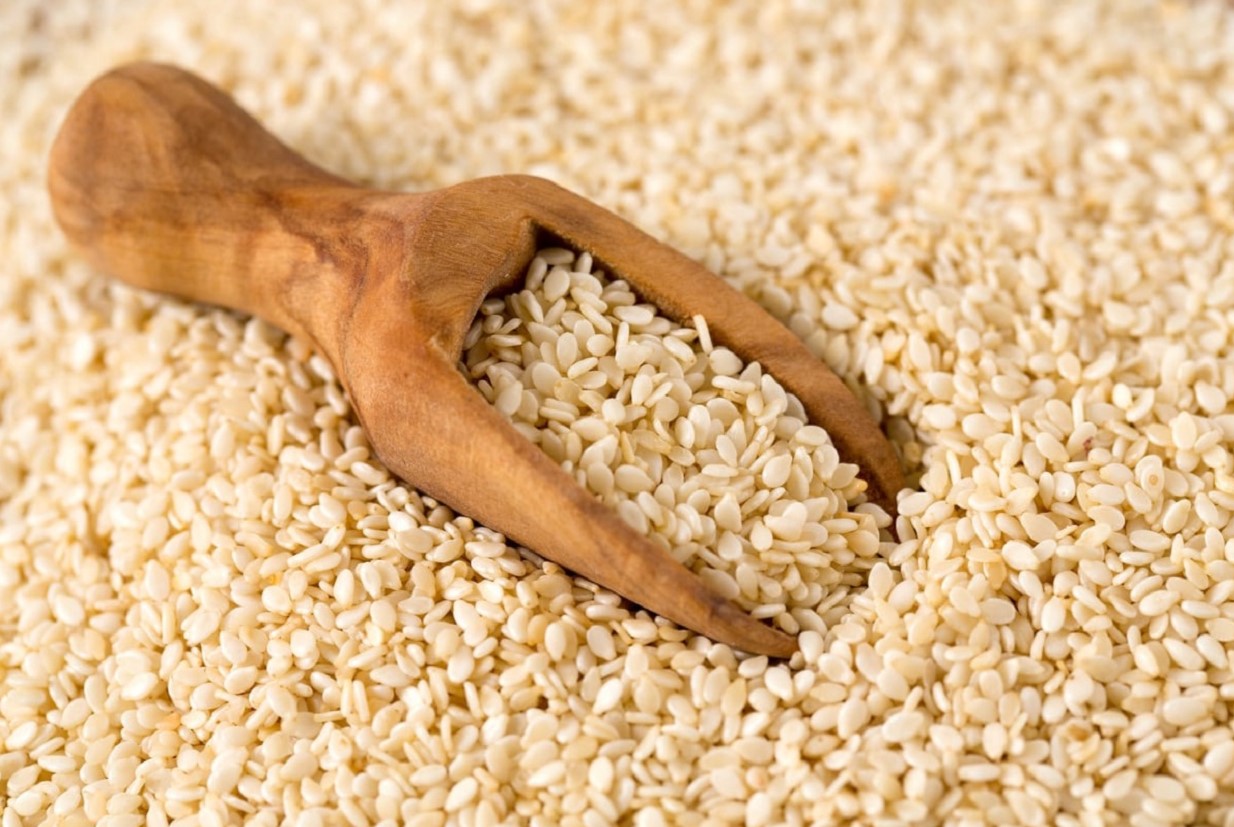
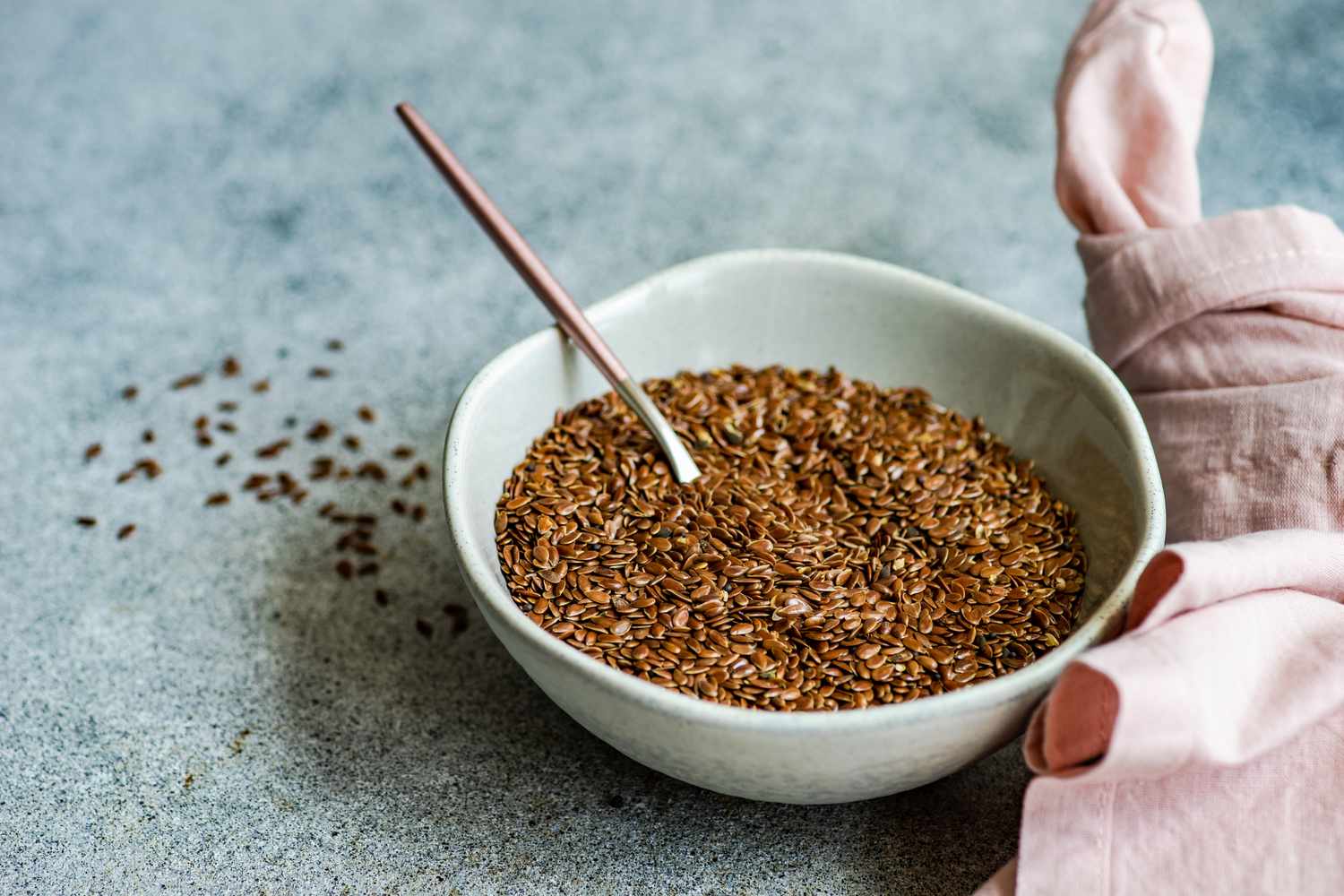
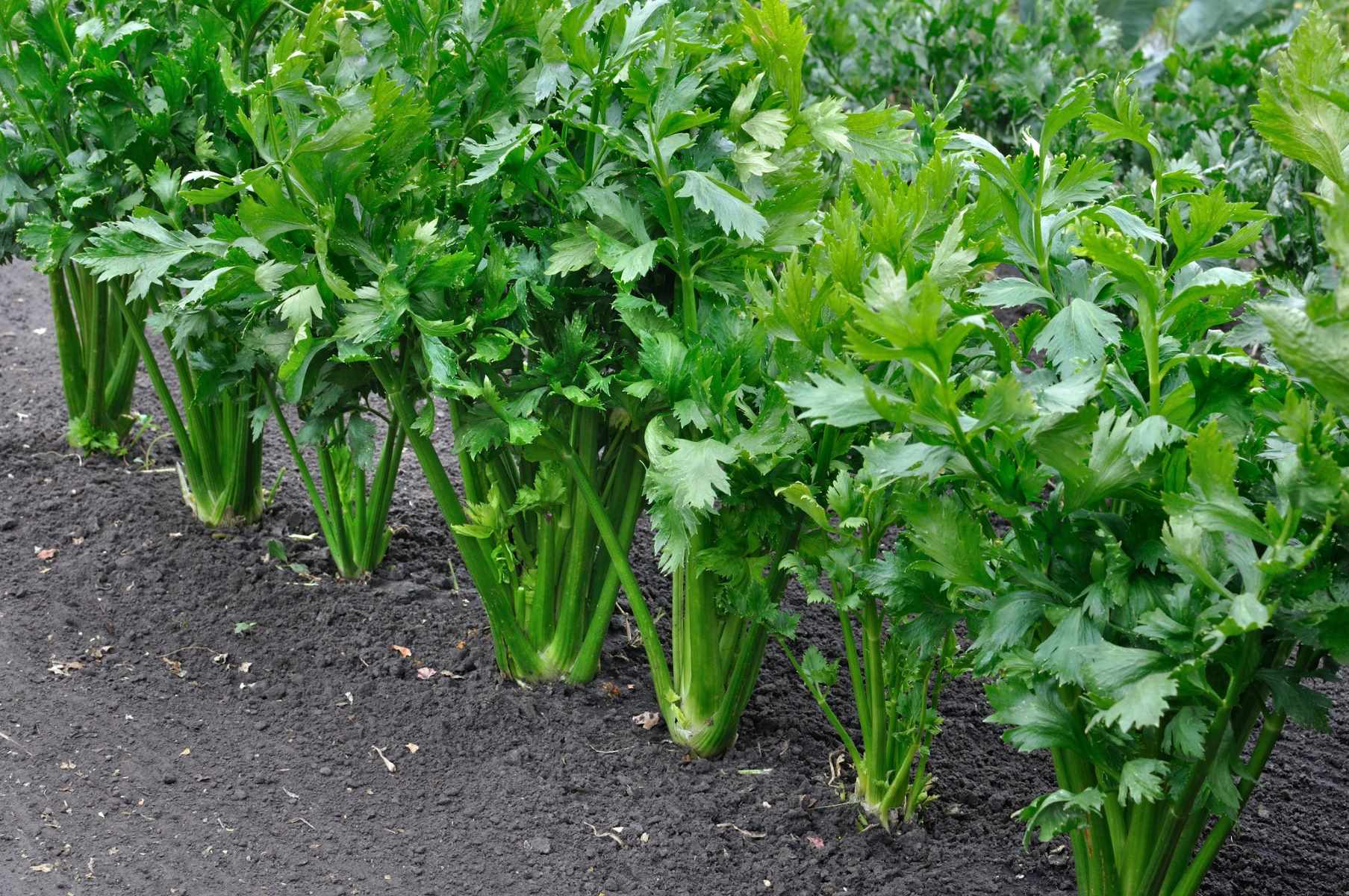
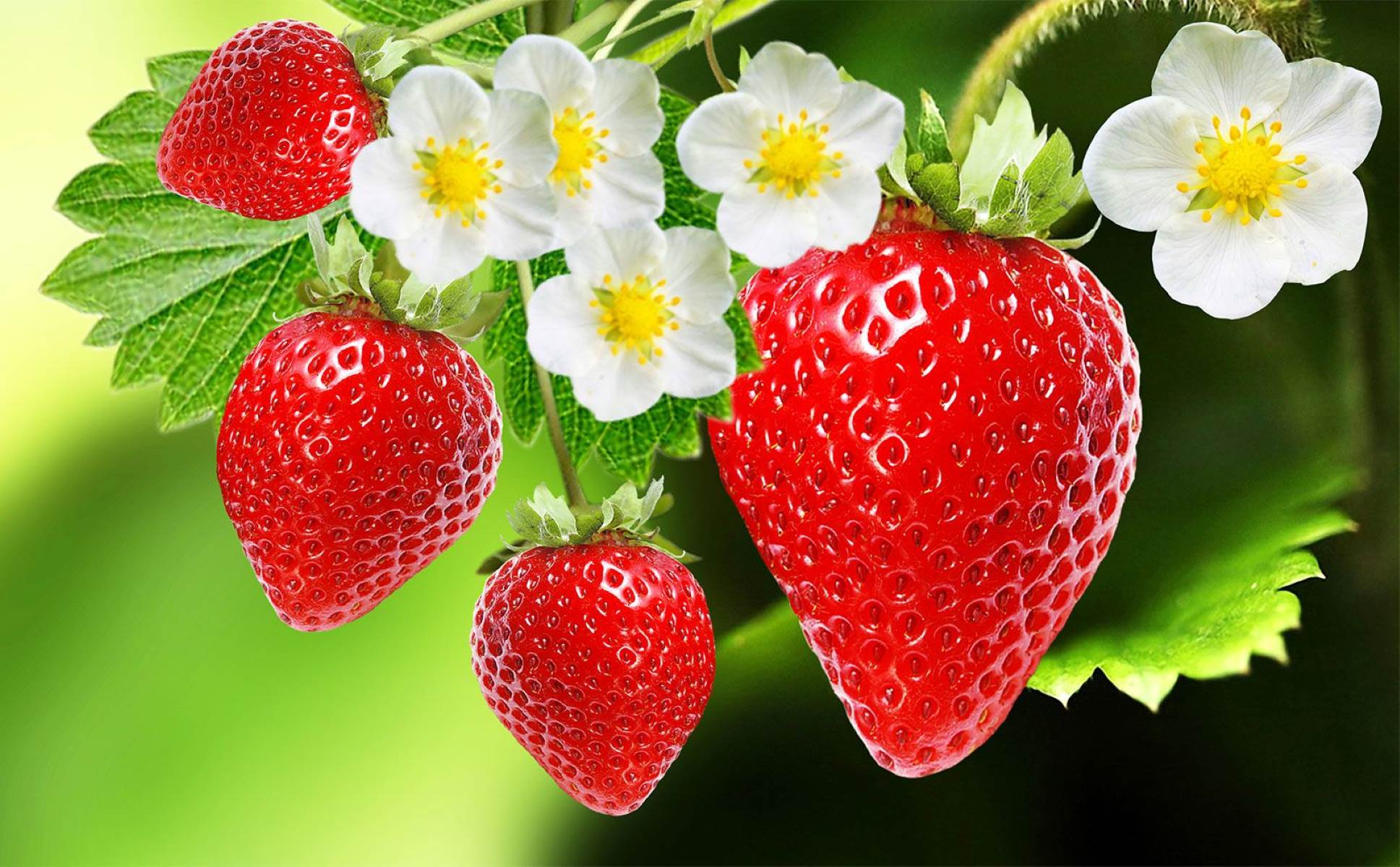

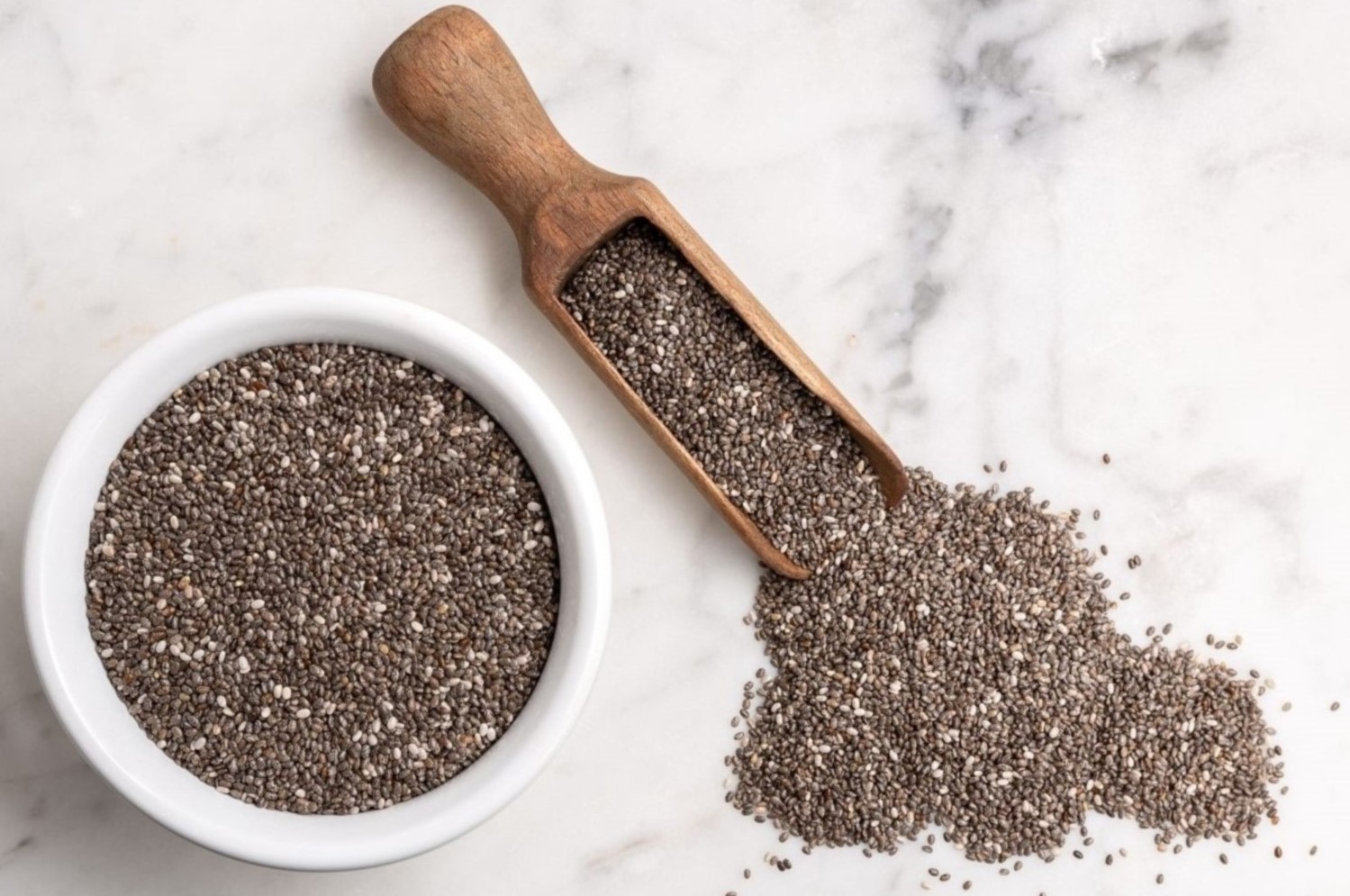
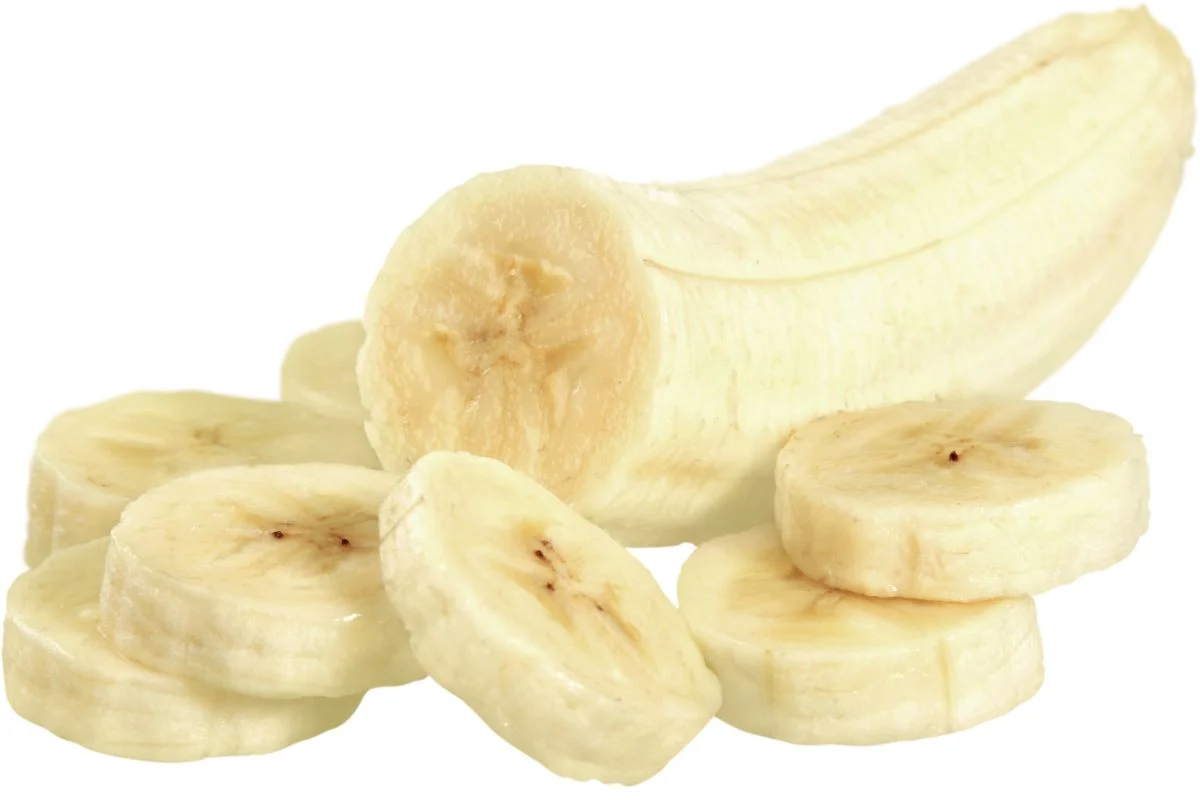
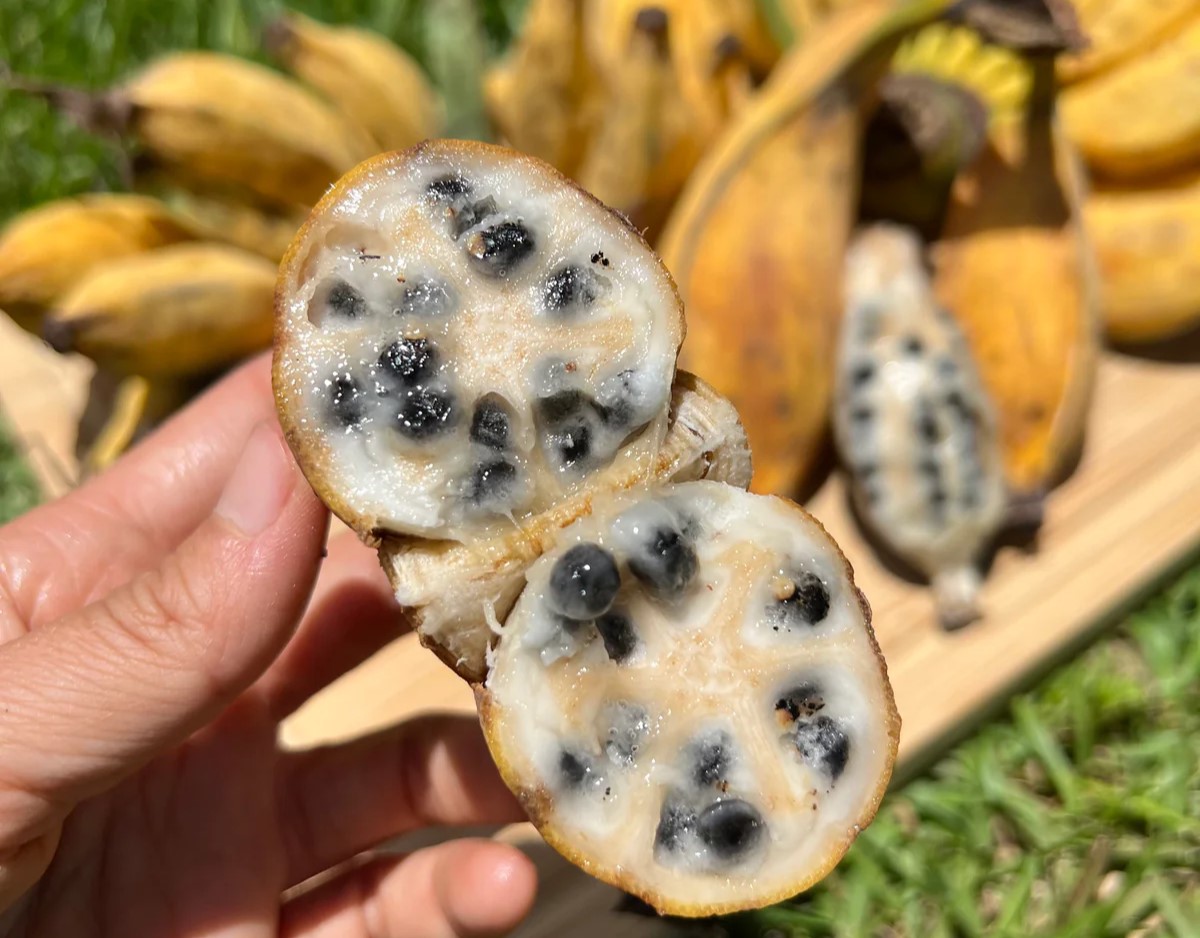
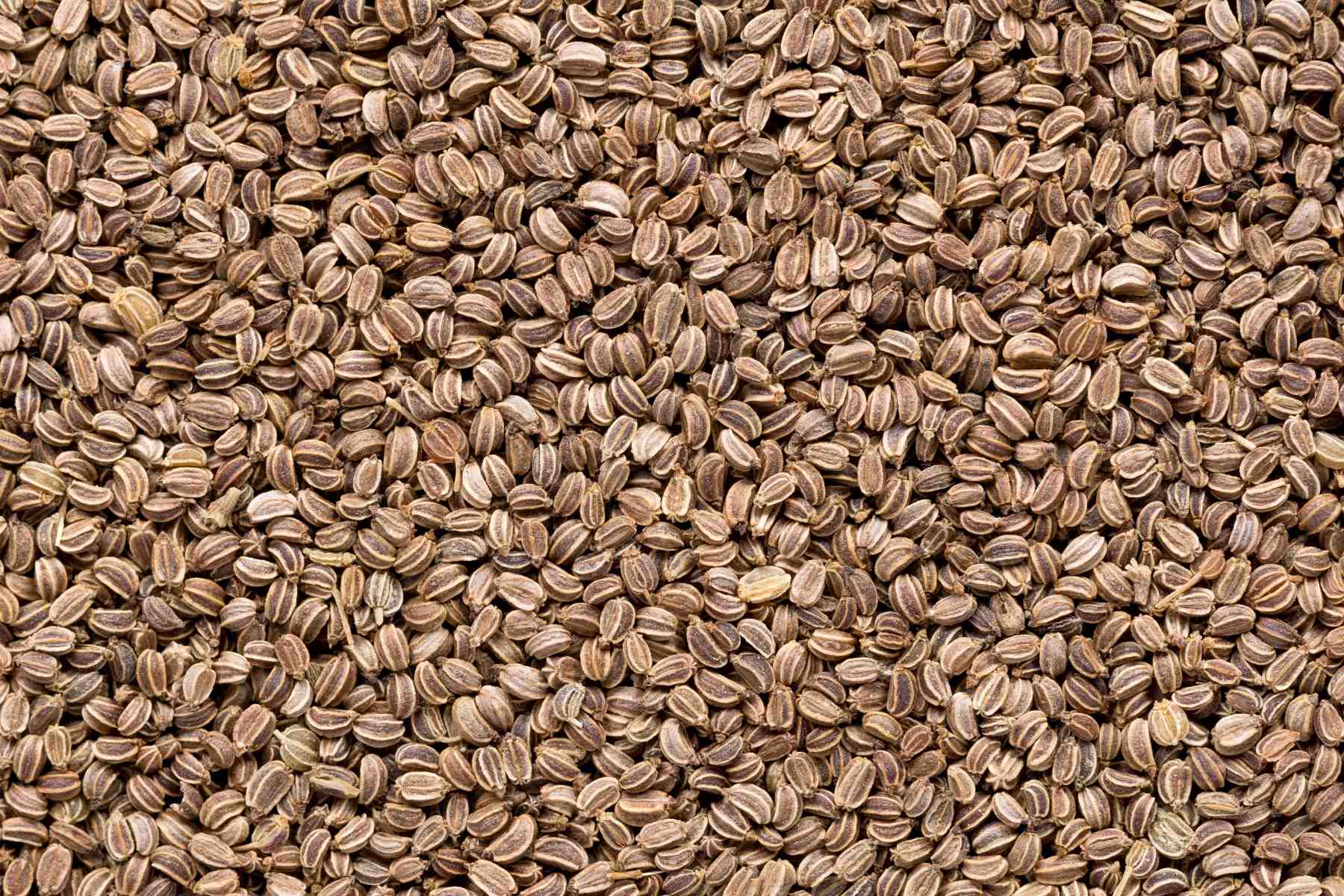
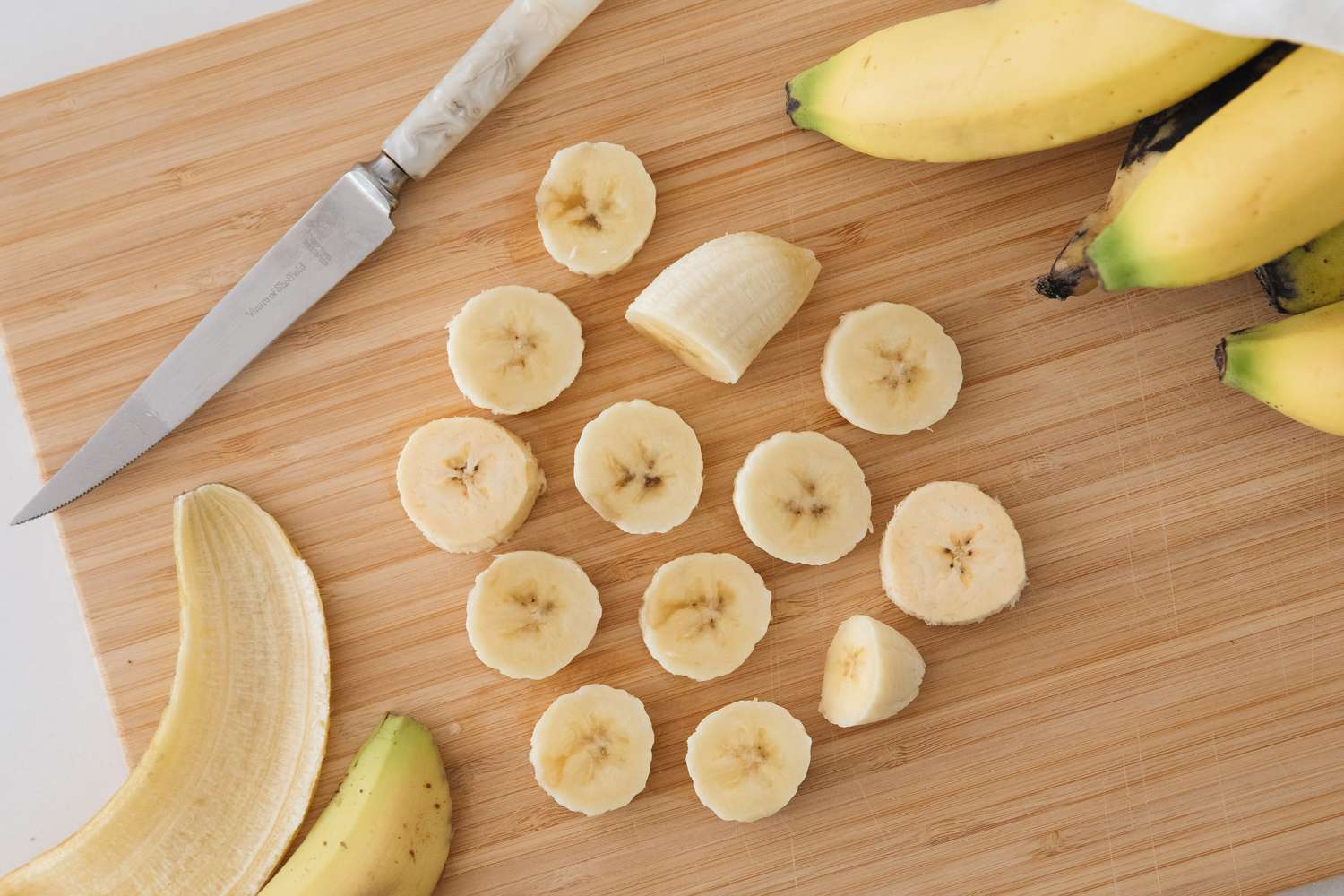
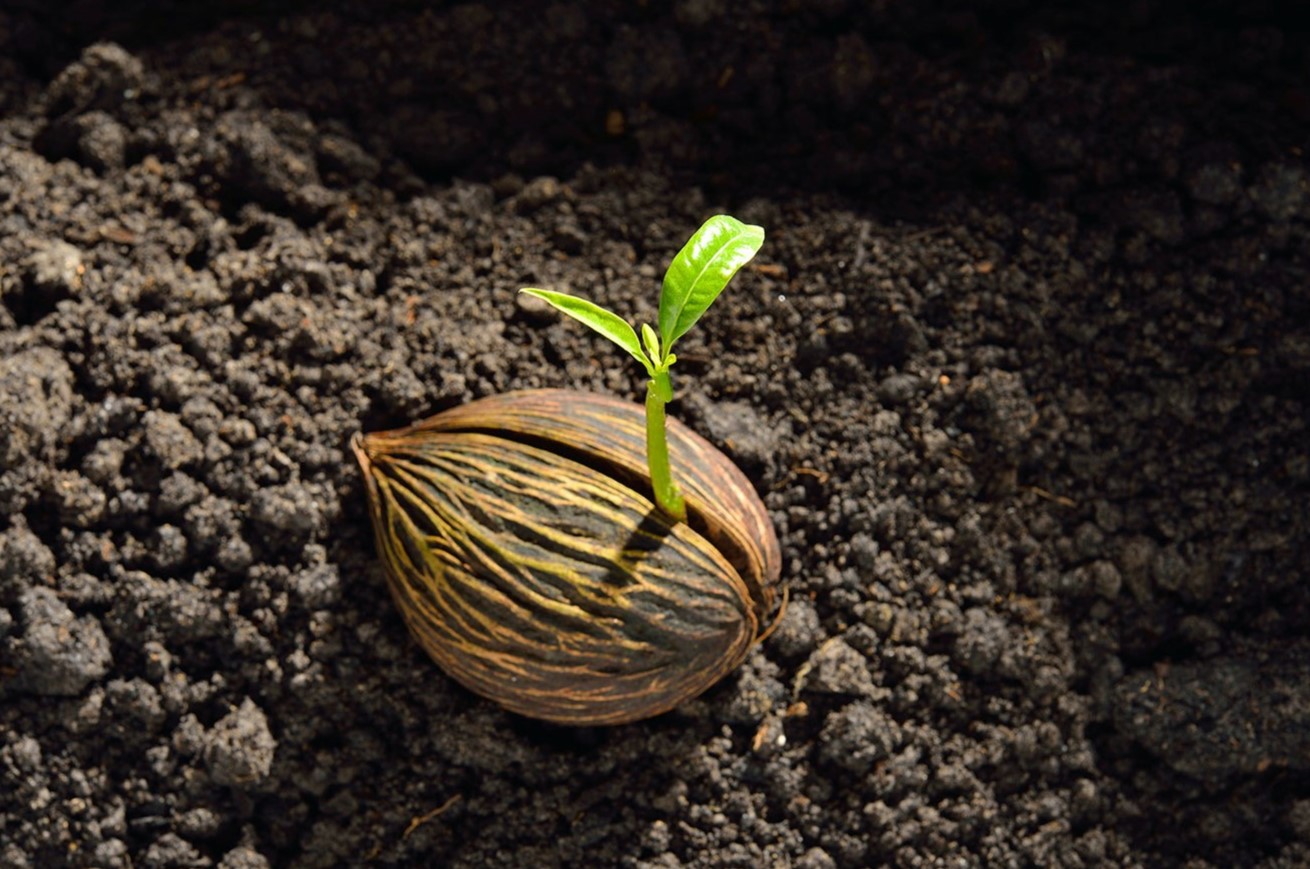
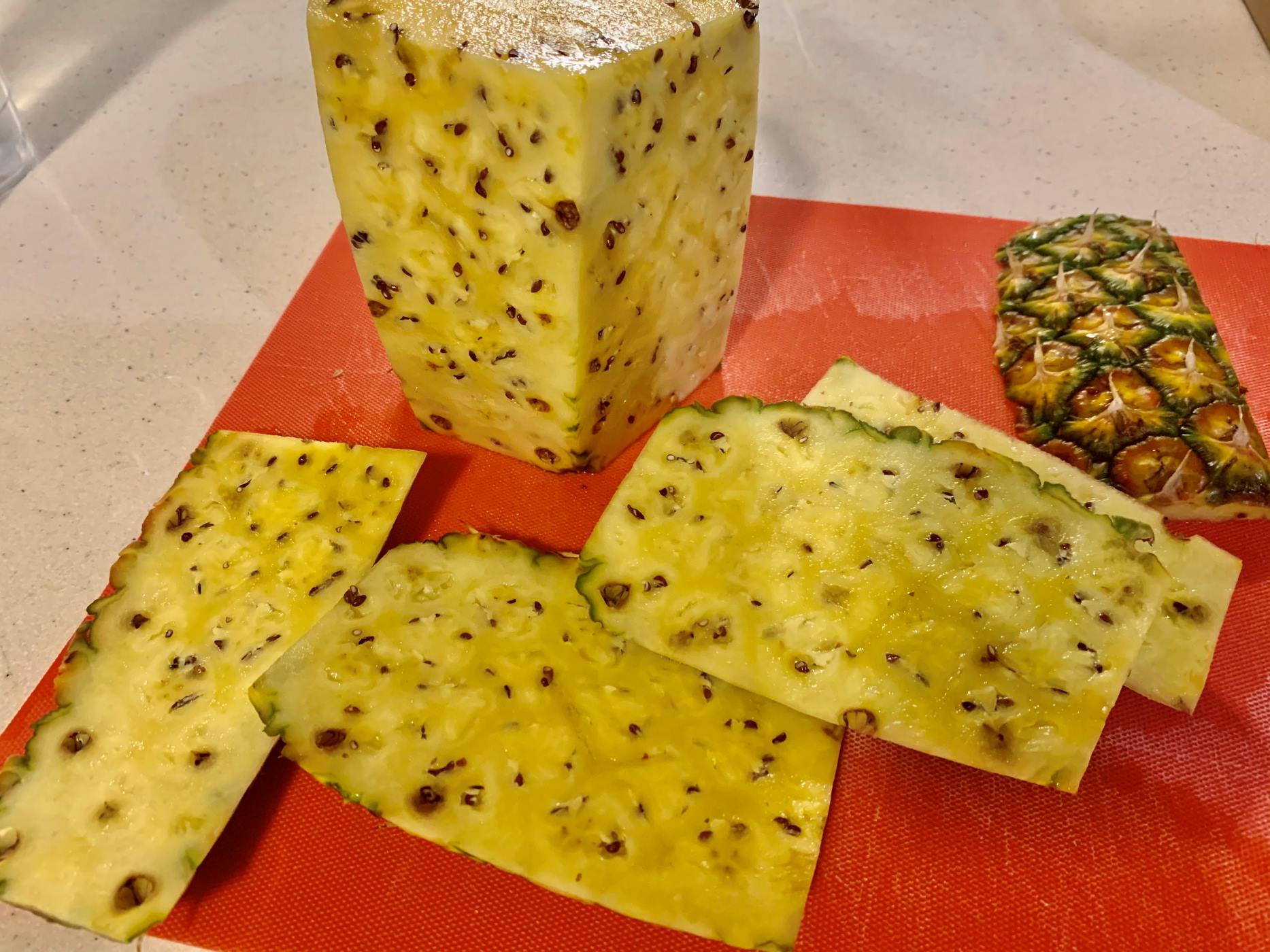
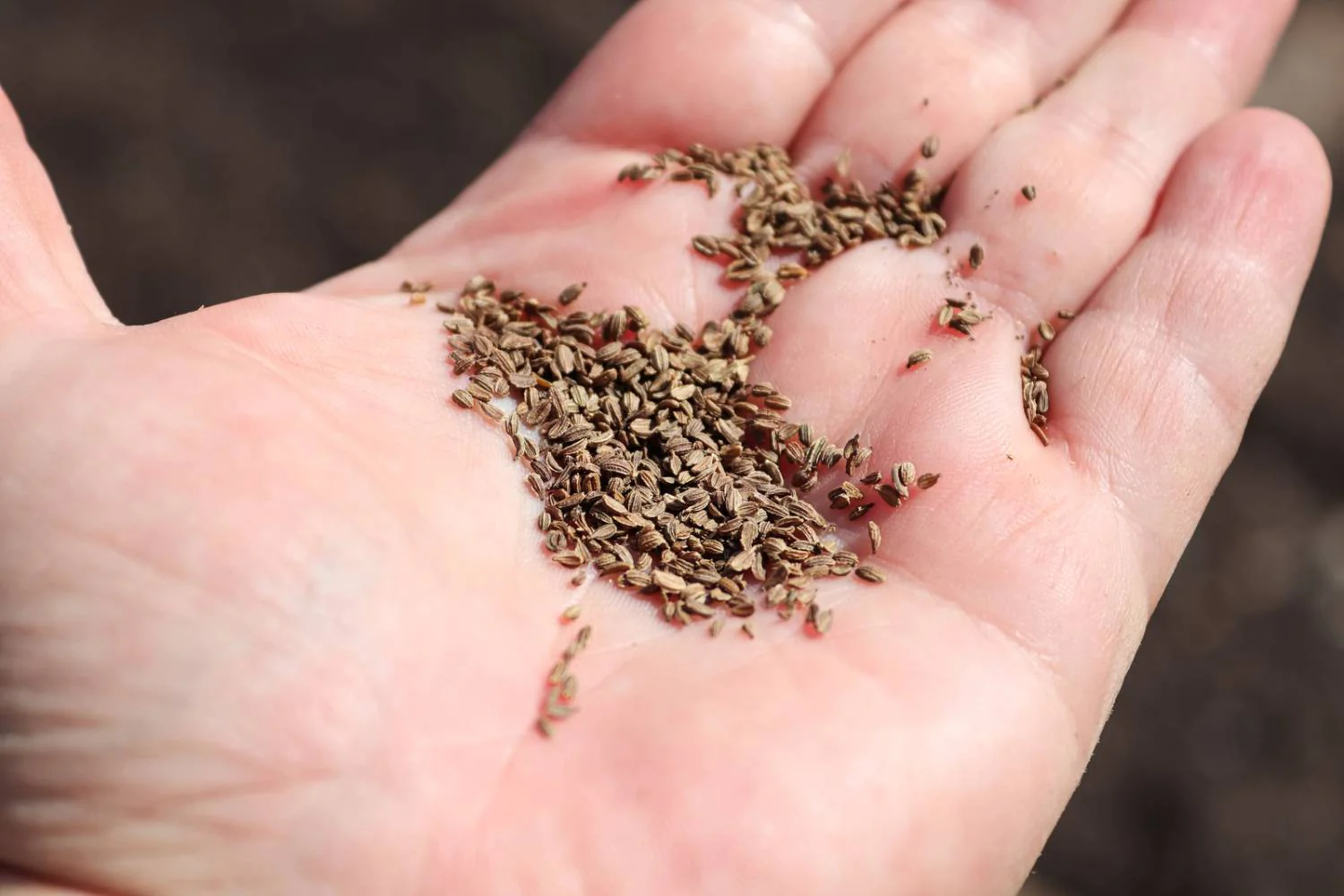

0 thoughts on “Where To Store Seeds”